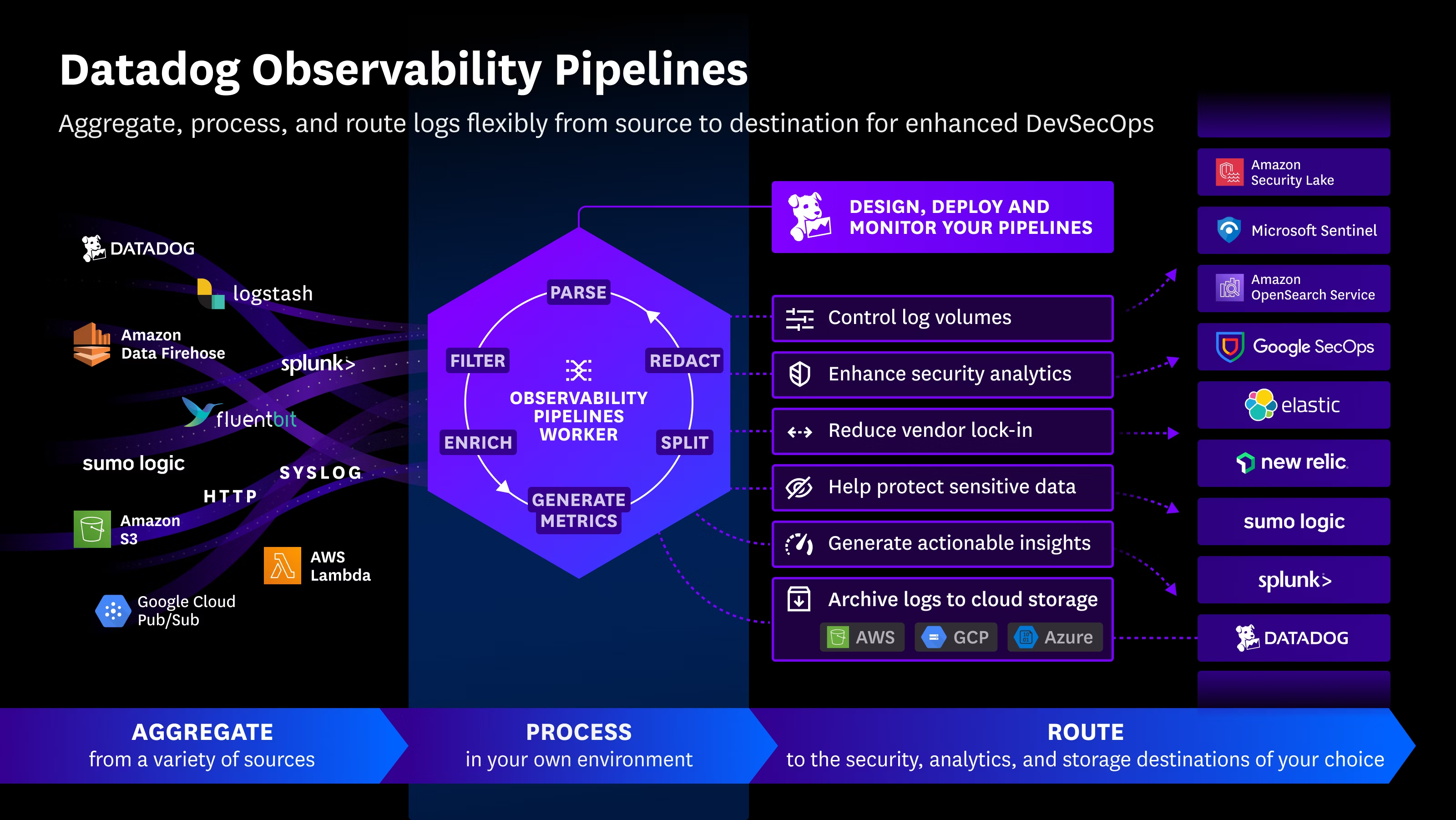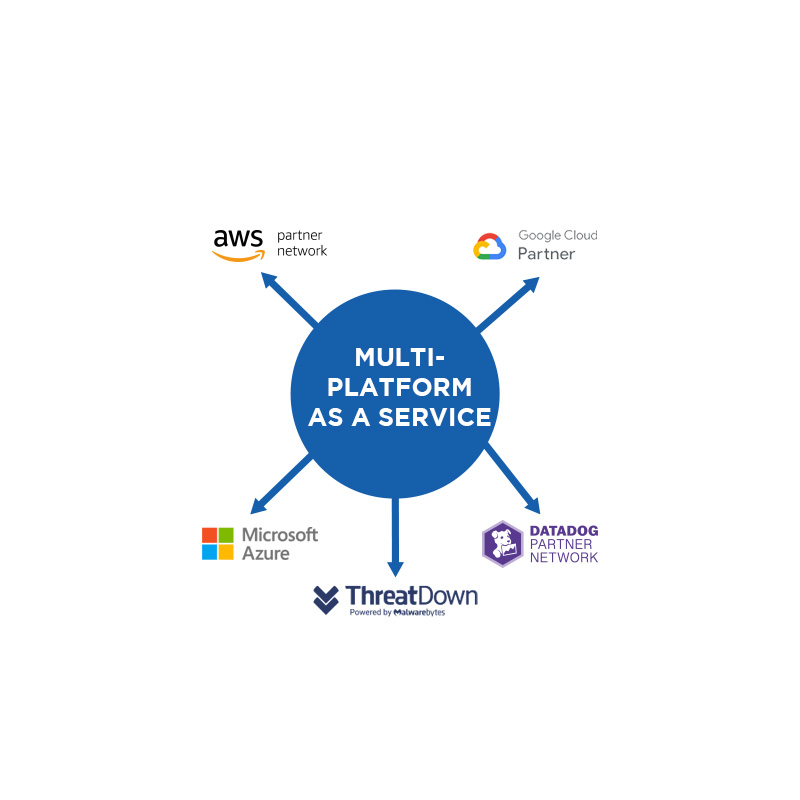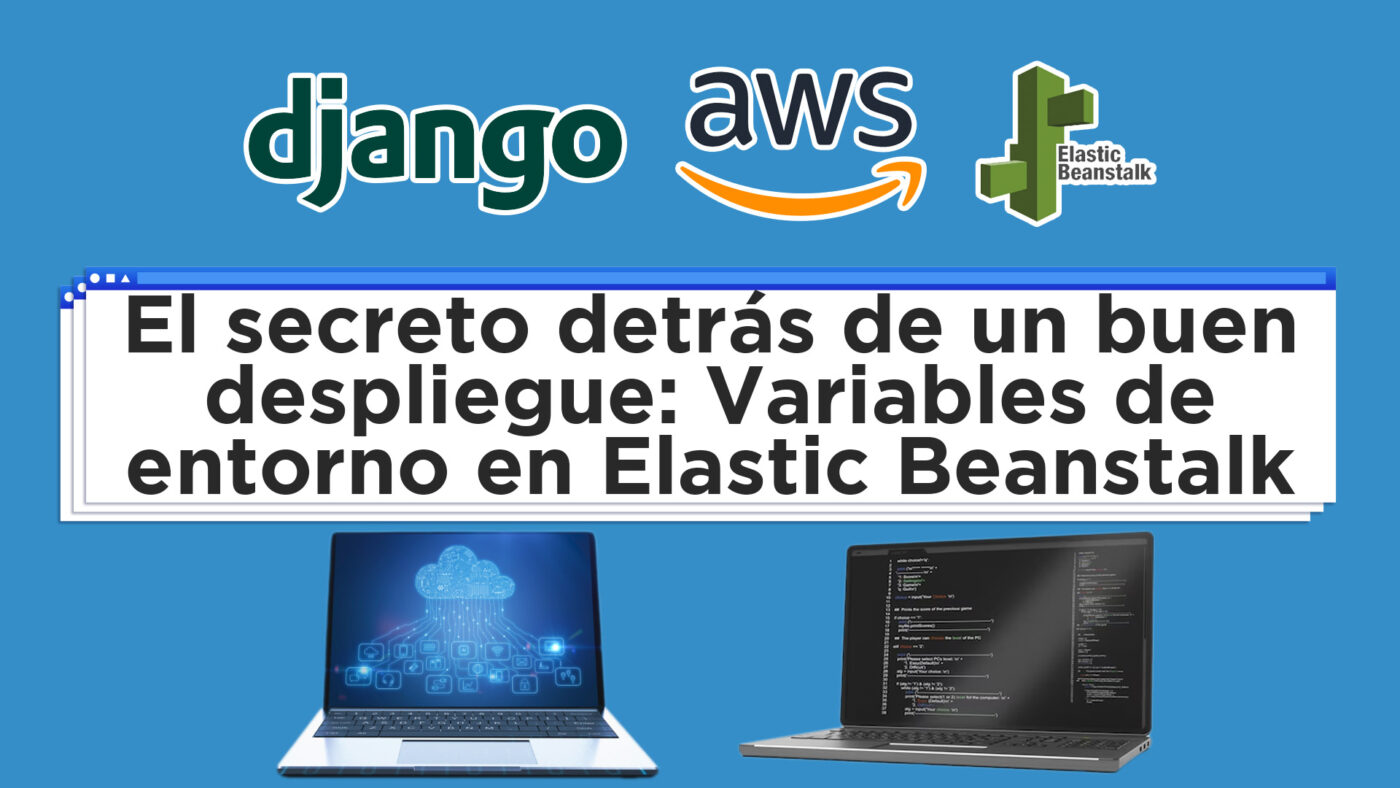Step 1: Access Elastic Beanstalk
Log in to your AWS console and navigate to Elastic Beanstalk. Select your application.
Step 2: Select Your Environment
Choose the specific environment of your application where you want to add the environment variable.
Step 3: Environment Configuration
On the environment summary page, locate the “Configuration” section.
Step 4: Modify Software Configuration
Under “Configuration,” find and select “Updates, monitoring, and logging.” Within this section, you will find the option to modify the software configuration or a similar link that will take you to where you can adjust environment variables.
Step 5: Add the Environment Variable
Look for the section labeled “Environment properties.” This is where you can add new environment variables.
- Click on “Add new property” or simply find the text boxes ready to be filled with the name and value of your new environment variable.
- For the variable
DJANGO_SECRET_KEY, enter “DJANGO_SECRET_KEY” in the name field and the actual secret key in the value field.
Step 6: Save and Apply Changes
After entering the name and value of your environment variable, make sure to save your changes. AWS Elastic Beanstalk may need to perform a deployment to update your application with the new environment settings.
Step 7: Verification
Once AWS has completed the deployment, your environment variable DJANGO_SECRET_KEY will be active and accessible to your Django application in the specified environment.

 Español
Español













